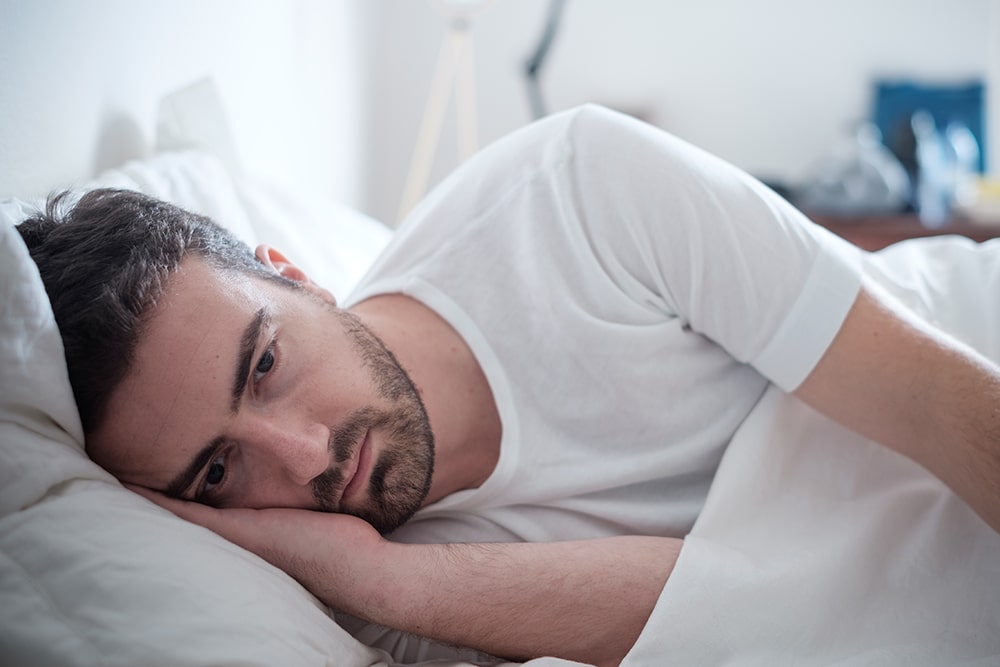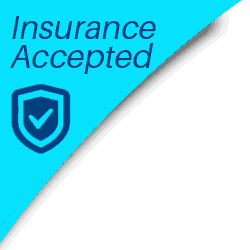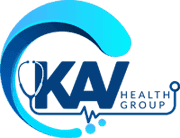Opiate Addiction Treatment Program in Ohio
Opiate use in Ohio has spiked the past couple years: heroin use rose 35% in 2020. [1] This has become more dangerous this decade as the potent synthetic opioid, fentanyl, has been used more and more to cut opiates. Fentanyl-related deaths in Ohio rose over 1200% between 2013 and 2015 alone. [2]
KAV Health Group offers a solution: opiate addiction treatment with prescription Suboxone and counseling to help you get, and stay, clean. Our medication-assisted treatment (MAT) allows you to bypass a traditional detox to begin your recovery journey. Our locations in Cincinnati, Dayton, and Columbus, coupled with our telemedicine program, make us accessible whenever you need us.
It’s important to really understand opiates and the dangers associated with them, and we can help you do so. Below, you can learn more about opiate addiction — and how we can help.

What Are Opiates?
Opiates are naturally occurring opioids, meaning they bind to opioid receptors in your nervous system and trigger a euphoric (and pain-relieving) dopamine release. Morphine, codeine, and heroin are some of the opiates directly derived from the poppy plant.
While some people start off using opiates such as heroin, many begin with prescribed opioids, like morphine or pain pills after surgery. Unfortunately, even regulated opioid use can create dependence and addiction. And after their prescription runs out, the addicted person may seek out “street opioids” — such as heroin, which is much cheaper and more available on the street, but also more dangerous.
Opiates have always been destructive, especially when combined with other drugs (such as “speedballing,” heroin with cocaine). But in recent years, the cheap and extremely powerful synthetic opioid fentanyl has been used increasingly often to cut heroin or morphine. Opiates’ unregulated production and use make complications and overdose a much greater threat.

The Effects of Opiate Addiction Over Time
Opiate abuse can have damaging long-term effects that may not even become evident until long after you stop using, including:
- Heart disease
- Liver disease
- Kidney disease
- Lung conditions such as pneumonia
- Damaged nose tissue
- Infections around needle entry points
- Irregular menstruation
- Sexual dysfunction
The risk of developing issues such as these, on top of the dangers of overdose, mean that it’s important to seek treatment as soon as possible.
REQUEST CONSULTATION
Signs & Symptoms of Opiate Abuse
Opiates share many of their signs and symptoms with any other opioids, including:
- New social habits, such as isolation or new friends
- Poor hygiene
- Mental health issues, such as anxiety or depression
- Extreme fatigue, drowsiness, or lowered sex drive
- Dramatic mood swings
- Slurred speech
- Struggling with everyday tasks, or making simple mistakes
- Financial struggles and theft
- Difficulty keeping up with responsibilities or work
- Issues with the law
You might also notice some physical signs of drug abuse including track marks from needles, abscesses near injection areas, or other scars. There may also be flu-like symptoms such as nausea or vomiting.
Opiate Addiction
Withdrawal
All opiate withdrawal symptoms can be quite intense, and it’s important to try to get clean under the care of a medical professional. Symptoms can last three to five days, or usually 10 at most.
- Intense drug cravings
- Violent mood swings
- Anxiety, depression, other mental health issues
- Suicidal thoughts
- Flu-like symptoms
- Insomnia
- Pain in your muscles and bones
- Increased blood pressure, heart rate
During opiate withdrawal, you might feel a strong desire to use again, but your body won’t be in a position to handle the same amount it had before you stopped. This leads people to use an overcorrected amount of their substance of choice, and subsequently, increase their risk of overdose and death. However, many of these symptoms — and risks — can be mitigated with a personalized Suboxone treatment plan.
REQUEST CONSULTATION
At KAV Health Group, we want to make it clear that addiction is a disease, not a moral failing. Opiate addiction affects your physical, mental, and emotional health, which is why we use a multifaceted approach. This starts with Suboxone, a prescription medication that allows you to bypass many of the pains of traditional detox for a smoother entry into recovery. Suboxone’s buprenorphine sates your brains opiate cravings, while its naloxone suppresses serious withdrawal symptoms.
We supplement this medical approach with personalized, compassionate counseling. You’ll have access to one-on-one and group therapy sessions, where you’ll dive into the roots of your addiction issues and find support from professionals and peers. You’ll also get equipped with coping mechanisms, tools to manage triggers, and new perspectives as you work towards sobriety.
And to make our treatment as convenient as possible, we developed our telemedicine program. We’re available for appointments six days a week, even same-day appointments, and we use a safe and secure HIPAA-compliant video platform. It’s all of the same expert care that you’d expect from an in-person appointment, but without the hassle of commuting or waiting for the support you need.


